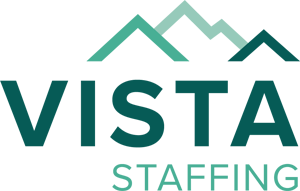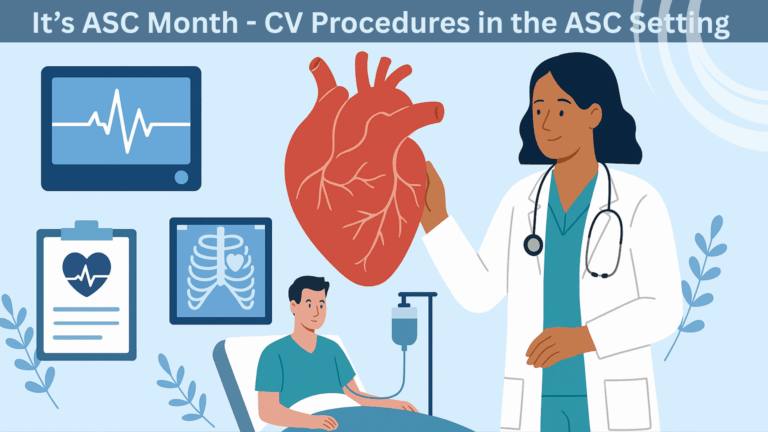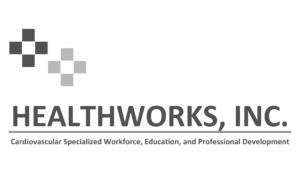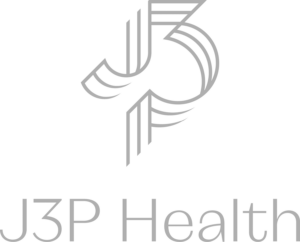As a consultant, I often evaluate cardiovascular services. Whether it is a large academic medical center with more than 1,000 beds, offering a full suite of cardiac services including complex cardiovascular surgery, or a small community hospital with less than 100 beds, offering limited cardiac services. The goal is always the same – to provide high-quality, cost-effective care to patients. It is possible to build a robust cardiovascular service line, large or small, that meets the unique needs of your community.
Irrespective of the current service offerings, every facility can implement a tiered approach to cardiovascular care. This adaptable model can cater to a range of patient needs, from basic diagnostic testing to advanced surgical procedures, ensuring that your facility can meet the unique needs of your community.
- Diagnostic Services: Start with essential diagnostics like ECG, ECHO, and stress tests, and progressively add more complex diagnostic and interventional cardiology services.
- Interventional Cardiology: Introducing services such as PCI (Percutaneous Coronary Intervention) and pacemaker implantation.
- Surgical Services: Developing capabilities for surgeries like CABG (Coronary Artery Bypass Grafting) and valve replacements.
- Advanced Procedures: Offering cutting-edge procedures such as TAVR (Transcatheter Aortic Valve Replacement), MitraClip, and electrophysiology (EP) ablations.
Structured Organization and Integrated Clinical Services
A successful cardiovascular service line starts with a structured organization that includes representation from all facets of cardiovascular care, including inpatient, outpatient, pre-hospital, and physician practices, as well as representation from other departments that provide services to the cardiovascular patient population including laboratory, pharmacy, the hospitalist service and any other department that is integral to your service line. Integration of these clinical services across all entities ensures a continuum of care that spans from diagnostics to advanced surgical procedures. This integration should focus on standardizing practices across the hospital and other related entities to streamline patient care and optimize outcomes.
Governance and Quality
Effective governance is essential for a cardiovascular service line. A shared governance model, including a dyad or triad leadership structure, allows for collaborative decision-making between medical and administrative leaders. This model should be implemented by first identifying the key stakeholders, establishing clear roles and responsibilities, and fostering a culture of open communication and shared decision-making. The service line team provides oversight for the quality of care provided to patients. Quality improvement is an ongoing process that should be driven by actionable data. Collecting and analyzing data across all segments of the care path allows for targeted improvements and ensures compliance with national care guidelines. Facilities should strive to exceed high national benchmarks, reducing complications and improving patient outcomes.
Financial Viability and Sustainability
Financial health is crucial for the sustainability of any service line. This involves meticulous monitoring of revenue and costs, ensuring accountability for financial performance, and strategic payor contracting. Transparency and data-driven decision-making are essential, with financial dashboards and regular P&L statements helping to keep all stakeholders informed.
Business Development and Marketing
Growing a cardiovascular service line requires strategic planning and vision. This includes expanding current services, meeting increased market demand, and potentially adding new service offerings. Differentiated marketing and branding can help distinguish your cardiovascular services from those of other hospitals or health systems, driving demand and awareness within the community. For instance, you can develop targeted marketing campaigns that highlight the unique features of your services, or you can sponsor community events to increase your hospital’s visibility. When implemented effectively, these strategies can help you attract more patients and enhance your hospital’s reputation.
At Corazon’s recent conference, The New Frontier, A Vision for Service Line Success, we had the privilege to showcase the success stories of two exemplary facilities – the larger cardiovascular service line program at HonorHealth and the smaller program at Murray Calloway County Hospital. These stories serve as inspiring examples of how any facility, regardless of size, can build a successful cardiovascular service line.
HonorHealth, a leading health system in Arizona, exemplified the successful implementation of a comprehensive cardiovascular service line that includes a full range of CV services, from diagnostics to arrhythmia and heart failure treatments, TCAR and TAVR programs, and advanced cardiac surgery. Their service line has concentrated on strategic physician alignment, dedicated facilities, and a unified culture focused on excellence, allowing them to achieve significant quality and financial success.
Similarly, Murray Calloway County Hospital in rural Kentucky, which offers general cardiology and elective and emergent interventional cardiac procedures, has built a robust cardiology service line by focusing on increasing access to care, recruiting key clinical staff, and forming strategic partnerships. Their journey demonstrated that even smaller facilities can establish high-quality cardiovascular services and positively impact their community.
Building a high-quality, cost-effective cardiovascular service line is not just a possibility but an achievable goal for any healthcare facility. By focusing on structured organization, integrated services, effective governance, financial viability, strategic business development, and continuous quality improvement, your facility can meet the cardiovascular health needs of your community and achieve sustainable success.

 company
company 
 (412) 364-8200
(412) 364-8200




























